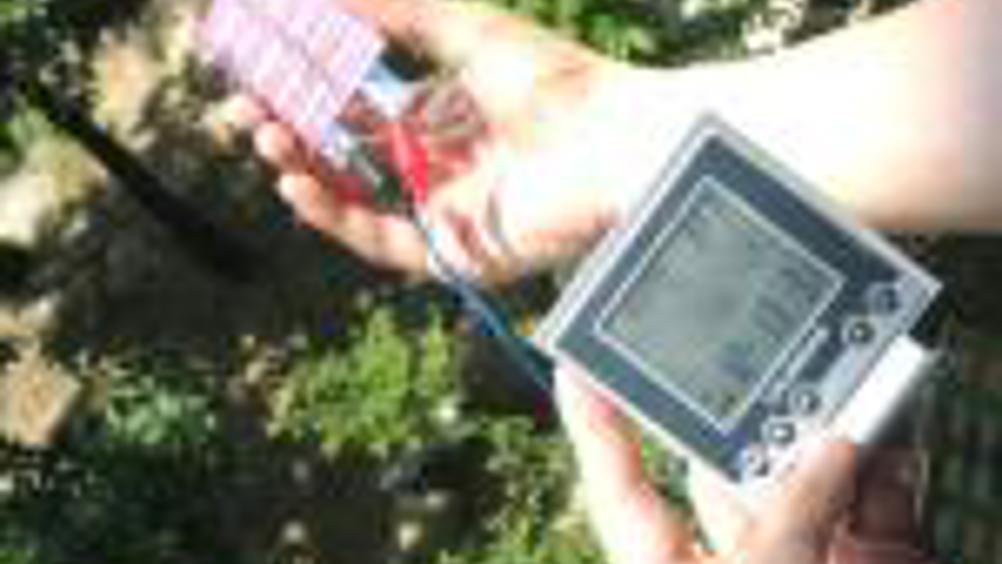Efficiency boost
Solar cells just got a significant boost in efficiency thanks to a new device made at the University of California, Santa Barbara.

Solar cells just got a significant boost in efficiency thanks to a new type of device made at the Center for Polymers and Organic Solids at the University of California, Santa Barbara.
Nobel laureate Alan Heeger, Professor of physics at UC Santa Barbara, worked with Kwanghee Lee of Korea and a team of other scientists to create a new 'tandem' organic solar cell that led to the increase.
Tandem cells are comprised of two multilayered parts that work together to gather a wider range of the spectrum of solar radiation - at both short and long wavelengths.
'The result is six and a half percent efficiency,' said Prof Heeger. 'This is the highest level achieved for solar cells made from organic materials. I am confident that we can make additional improvements that will yield efficiencies sufficiently high for commercial products.'
The new solar cells can be fabricated over large areas by means of low-cost printing and coating technologies that can simultaneously pattern the active materials on lightweight flexible substrates.
Register now to continue reading
Thanks for visiting The Engineer. You’ve now reached your monthly limit of news stories. Register for free to unlock unlimited access to all of our news coverage, as well as premium content including opinion, in-depth features and special reports.
Benefits of registering
-
In-depth insights and coverage of key emerging trends
-
Unrestricted access to special reports throughout the year
-
Daily technology news delivered straight to your inbox










Water Sector Talent Exodus Could Cripple The Sector
Maybe if things are essential for the running of a country and we want to pay a fair price we should be running these utilities on a not for profit...